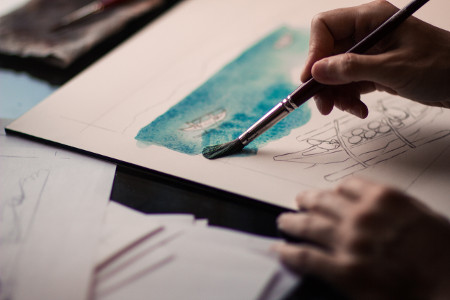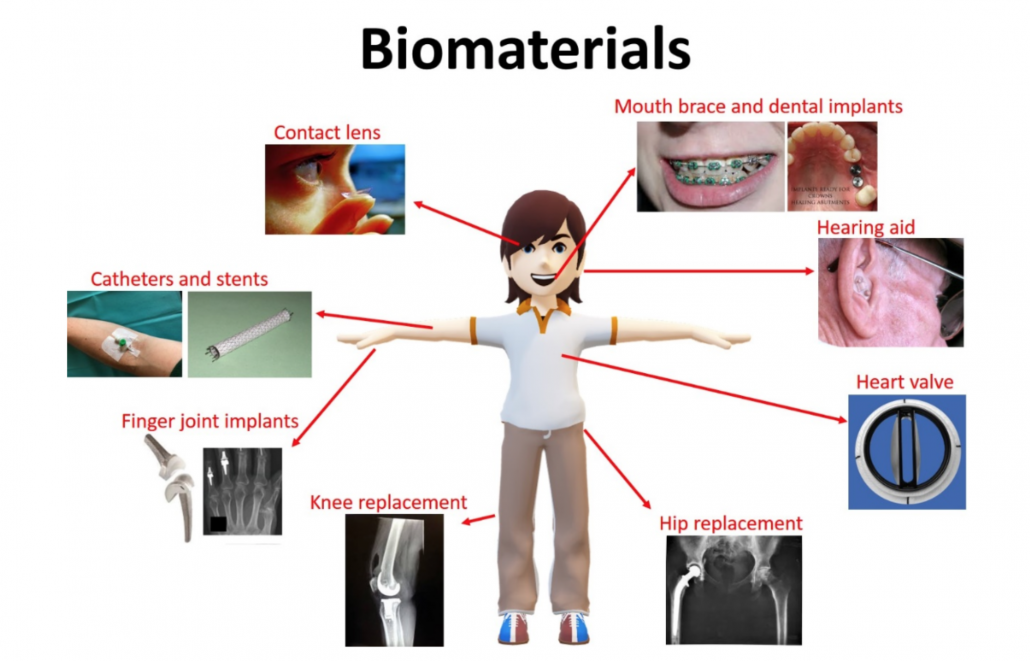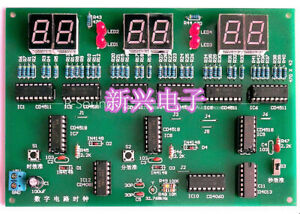
Digital Electronic II
This course is going to discuss the advanced concepts of Digital Electronics including Multiplexer, D-MuX, Flip-flops, Counters, Shift registers, and more.

Biomechanic II
BIOMECHANICS:
The term biomechanics combines the prefix bio, meaning “life,” with the
field of mechanics, which is the study of the actions of forces. The international community of scientists adopted the term biomechanics during the
early 1970s to describe the science involving the study of the mechanical
aspects of living organisms. Within the fields of kinesiology and exercise science, the living organism most commonly of interest is the human body. The forces studied include both the internal forces produced by
muscles and the external forces that act on the body.
Research by clinical biomechanists has resulted in improved gait
among children with cerebral palsy, a condition involving high levels of
muscle tension and spasticity. The gait of the cerebral palsy individual
is characterized by excessive knee flexion during stance. This problem is
treated by surgical lengthening of the hamstring tendons to improve knee
extension during stance. In some patients, however, the procedure also
diminishes knee flexion during the swing phase of gait, resulting in dragging of the foot. After research showed that patients with this problem
exhibited significant co-contraction of the rectus femoris with the hamstrings during the swing phase, orthopedists began treating the problem
by surgically attaching the rectus femoris to the sartorius insertion. This
creative, biomechanics research-based approach has enabled a major
step toward gait normalization for children with cerebral palsy.
Research by biomedical engineers has also resulted in improved gait
for children and adults with below-knee amputations. Ambulation with
a prosthesis creates an added metabolic demand, which can be particularly significant for elderly amputees and for young active amputees
who participate in sports requiring aerobic conditioning. In response to
this problem, researchers have developed an array of lower-limb and foot
prostheses that store and return mechanical energy during gait, thereby
reducing the metabolic cost of locomotion. Studies have shown that the
more compliant prostheses are better suited for active and fast walkers,
whereas prostheses that provide a more stable base of support are generally preferred for the elderly population. Microchip-controlled “Intelligent Prostheses” show promise for reducing the energy cost of walking at
a range of speeds. Researchers are currently developing a new class of
“bionic” prosthetic feet that are designed to better imitate normal gait.
Communication II
Fundamentals of digital communications and introducion to information theory will present in this course.
Pulse-amplitude modulation, time-division multiplexing, pulse-width modulation, pulse-position modulation, delta-modulation, generation of PWM, PPM and DM, pulse-code modulation, quantization and encoding, time-division multiplexing of PCM. Repeaters, digital modulation, amplitude shift keying (ASK) and frequency shift keying (FSK), phase-shift keying(PSK), Information theory, random variable, source entropy, marginal entropies, channel capacity, channel efficiency, redundancy, entropy of continues signals, symmetric channel, non-symmetric channel, source coding of discrete source, Shannon, shannon-fano, Huffman, source coding of angle source: angle pulse modulation ,
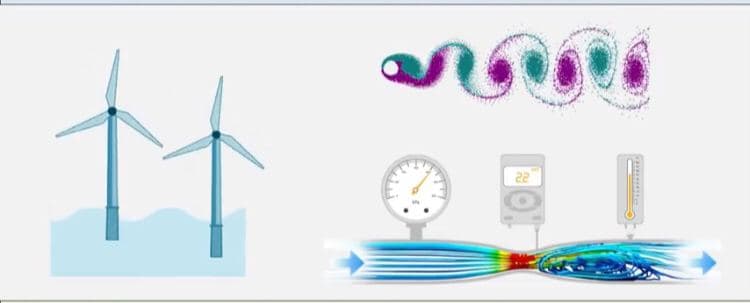
Thermo-Fluid Mechanic II
Fluid mechanics is the study of fluid behavior (liquids and gases) at rest and in motion. Fluid mechanics has a wide range of applications in mechanical, chemical engineering, and biological systems.
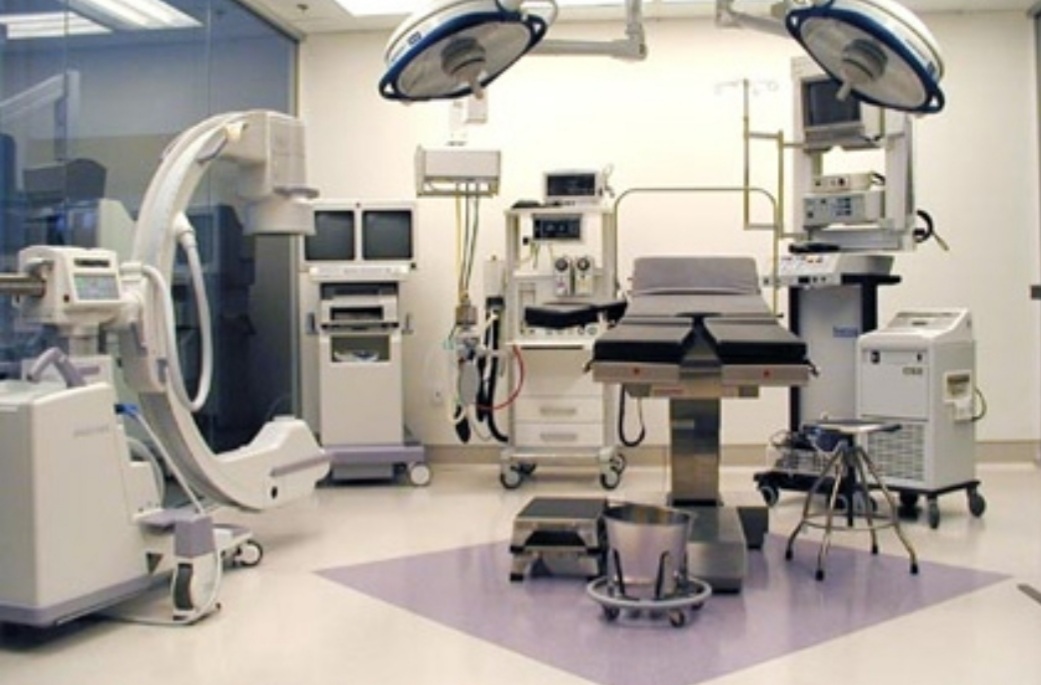
Therapeutic Instrumentation
Therapeutic devices are used in the treatment of some difficult diseases, and doctors have worked on using them to help them provide the appropriate treatment for the patient. There are many therapeutic devices such as a pacemaker, electric shock device, and others
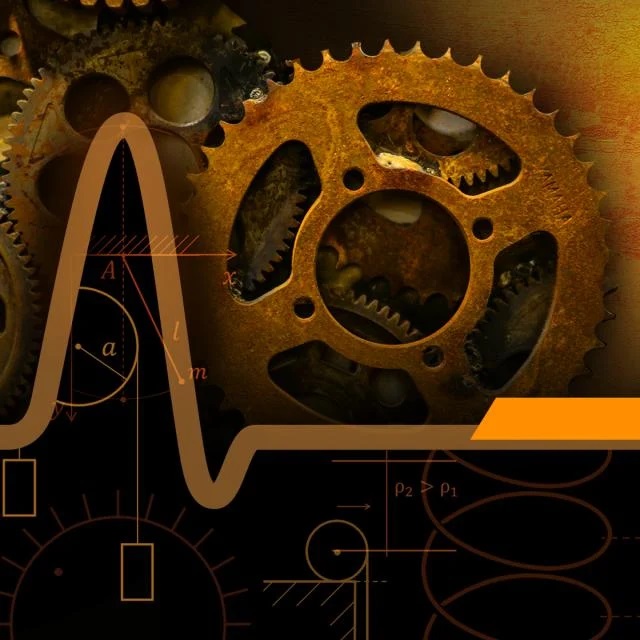
Analytical Mechanics
Analytical mechanics takes advantage of a system's constraints to solve problems. The constraints limit the degrees of freedom the system can have, and can be used to reduce the number of coordinates needed to solve for the motion. The formalism is well suited to arbitrary choices of coordinates, known in the context as generalized coordinates. The kinetic and potential energies of the system are expressed using these generalized coordinates or momenta, and the equations of motion can be readily set up, thus analytical mechanics allows numerous mechanical problems to be solved with greater efficiency than fully vectorial methods. It does not always work for non-conservative forces or dissipative forces like friction, in which case one may revert to Newtonian mechanics.
